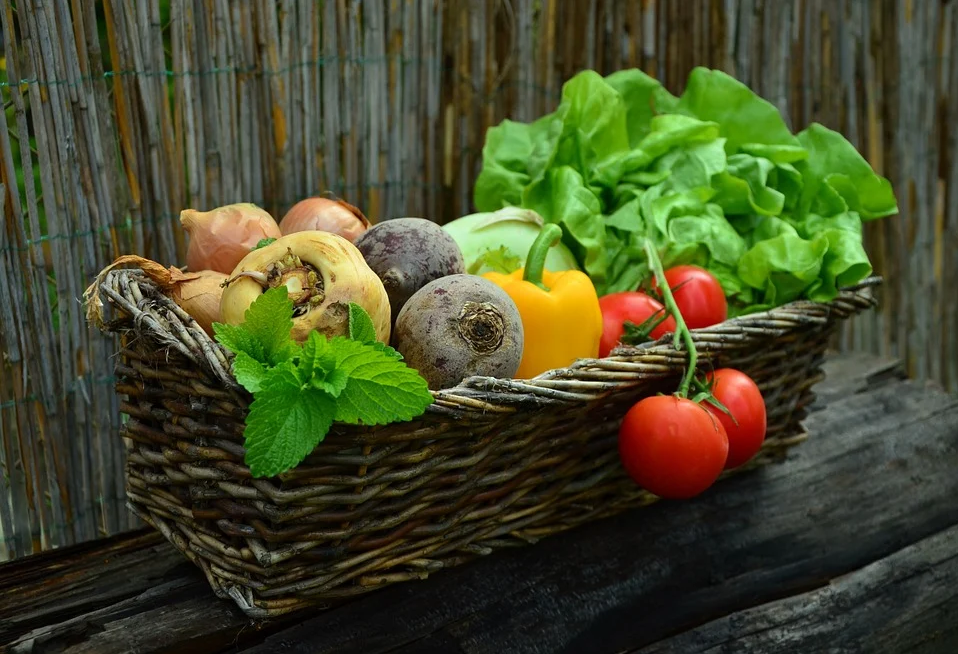More Veggies Please!
Grandma was right — eating your vegetables is one of the best things you can do for your health. Science tells us over and over again that consumption of vegetables, especially those leafy greens, is associated with a lower risk of chronic disease (especially cardiovascular disease) and better mental health.
It turns out that there’s a direct link between how many green vegetables you eat and your chances of steering clear of cancer, heart disease, type 2 diabetes, dementia, osteoporosis, and nearly every other major illness of our times. It seems as if every day another study shows the extraordinary power of nutrient dynamos such as broccoli, bok choy, Brussels sprouts, Swiss chard, cabbage, collards, mustard greens, kale, beet greens, spinach, and dark greens of every kind.
The problem is, many of us don’t like vegetables. The average American gets only about 7% of calories from fruits and veggies, with most of the rest coming from meat, dairy, and processed food.
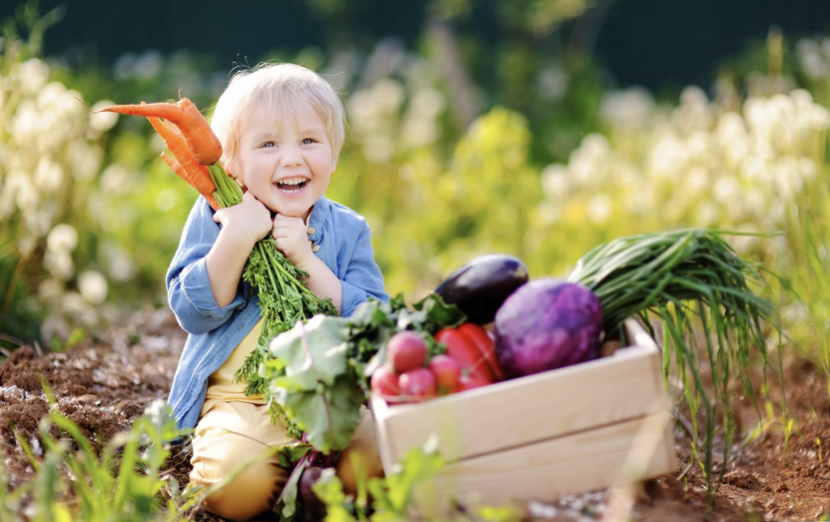
15 Tips on How to Eat More Vegetables

So if you are trying to figure out how to eat more vegetables, and you don’t really care for them, your best strategy is just to keep eating them. That may sound like a double bind — in order to love vegetables, you have to eat vegetables you don’t love — but in practice, it’s quite doable. And change can happen pretty rapidly. I hear all the time from people who’ve improved their diets, and they can’t believe how their taste preferences have changed. To speed the process and make it easier and more enjoyable, here are some tips to help you figure out how to eat more vegetables.
1. Cut Them Up Playfully (Especially for Kids)
Studies have found that kids (and some adults!) respond differently to foods depending on how they’re sliced and prepared. And when vegetables are cut into appealing shapes, like stars or cartoon characters, that can help, too. Some parents even give vegetables fun names, like calling broccoli florets “trees.”
As healthy-parenting expert Emily Honeycutt reminds us, “Kids learn through play. We develop habits by creating habit loops — building associations with positive or negative emotions. The more positive emotions we associate with vegetables throughout our childhood, the more likely we are to continue those healthy habits throughout our lives.”
2. Cook Creatively
Cook vegetables in a variety of ways. Grill asparagus with lemon, bake squash and serve it as boats filled with quinoa or a stir-fry, or roast cauliflower “steaks.” Want something simpler? My mom, Deo, makes some of the best greens I’ve ever tasted. She cuts kale into thin strips and sautés the strips with garlic and onion in olive oil, and then steam-cooks it with a little organic tamari. Delicious!
3. Give It a Whirl
Make a soup by puréeing steamed veggies in a blender with your favorite herbs and spices (many people especially love ginger and garlic). If you want a thicker or creamier texture, you can add white beans, potatoes, cashews, or a coconut or nut milk.
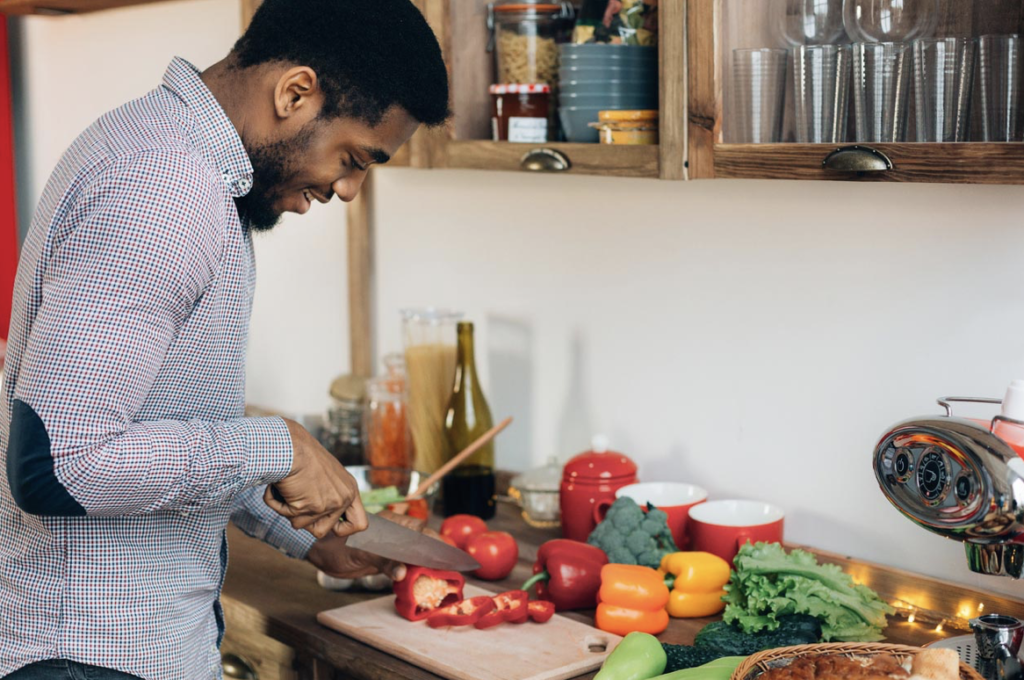
4. Add Them to Everything
One of the best ways to figure out how to eat more vegetables is just by adding them to everything, especially dishes you already know and love. You can add veggies to pasta sauce, pizza, lasagna, casseroles, and chili, or to cooked quinoa, brown rice, or barley. Chop up fresh vegetables like spinach, cucumbers, mushrooms, peas, or kale and toss them into whatever you’re cooking. You can even blend your veggies, so they effectively become part of the base.
5. Feature Them
Pour tomato sauce over cooked chopped vegetables like onions, zucchini, mushrooms, and leafy greens. Or if you want to get fancier, try a spiral slicer or a mandoline — or even a simple vegetable peeler — to make fun noodle shapes out of zucchini, spaghetti squash, or eggplant. Don’t limit vegetables to a side dish or a side salad. See what happens if you make them into the main event. Some chefs even use zucchini or avocado as a base for desserts.
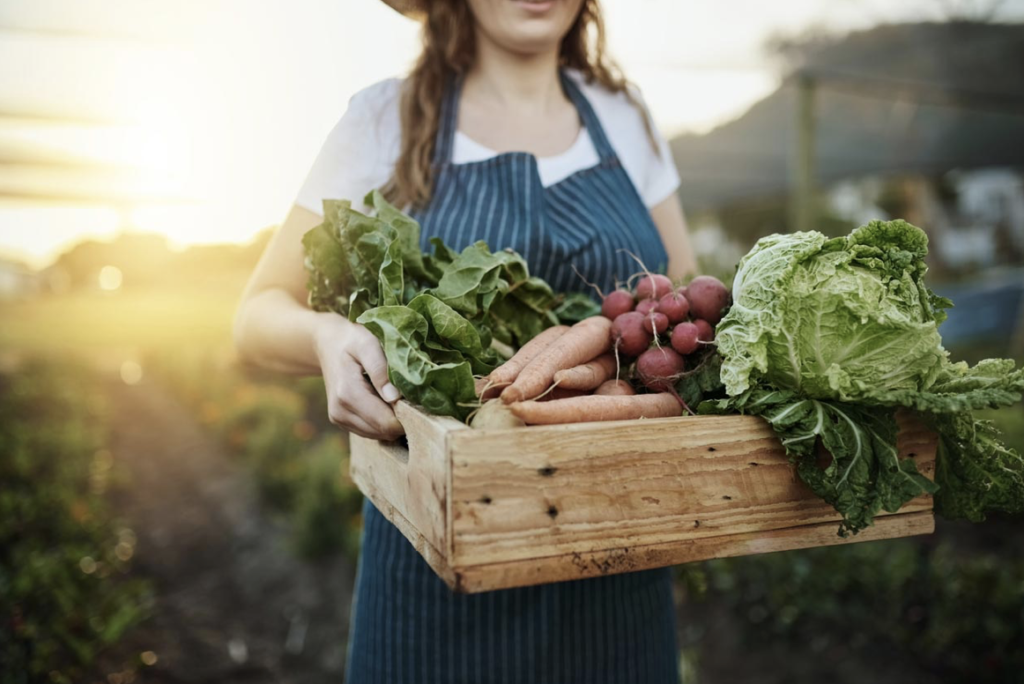
6. Grow Them
Studies find that when children (or adults!) grow vegetables, they’re more likely to eat them. Plant a few seeds in the yard or in a container inside your window. Water as needed, and watch the miracle of life unfold. Gardening is a great way to enjoy the freshest, healthiest possible food, and it builds a strong relationship with produce that sets up your family to enjoy it more.
7. Dehydrate Kale into Chips
Instead of reaching for potato or corn chips, you can make your own kale chips with a dehydrator, or use your oven on a low setting, like 200 or 250°F. Destem the kale, marinate it in lemon juice and seasonings, and then dehydrate or bake it. The flavor and crunchy texture can be intoxicating!
8. Make a Slaw
With a food processor, or by hand, shred the tough “winter veggies” like cabbage and carrots into an easy-to-enjoy slaw. Fold in some raisins, and top it with your favorite dressings. Plus, it’s easy to plop slaw into a container and grab it when you’re on the go.
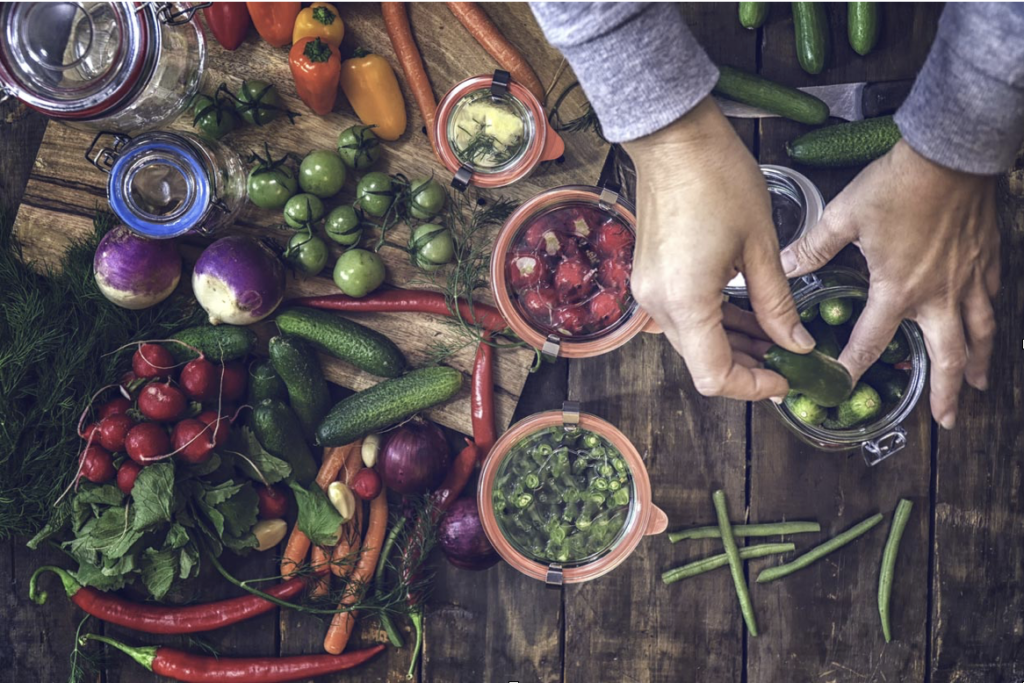
9. Marinate
Marinate your favorite vegetables, chopped, for a few hours to soften and flavor them before cooking. For the marinade, I like a mix of garlic, ginger, soy sauce, and (optionally) olive oil. You can marinate mushrooms, broccoli, string beans, asparagus, collards, and lots more. You can also enjoy some marinated vegetables raw. Or if you like, you can roast, grill, bake, or sauté them — or add them to a stir-fry.
10. Wrap It Up
It’s not hard to figure out how to eat more vegetables if you just hide them in a wrap. Simply wrap veggies up in a lettuce leaf (or a steamed leaf of collard greens or cabbage). Or grab a tortilla and add your favorite sauces, salsa, or spices.
11. Slice and Dip
You’re a lot more likely to reach for the veggies instead of the chips if they’re already in snackable form. When you get home from a shopping trip, wash and cut some snacking vegetables and store them in the fridge for easy access. You can also make your own veggie dips for when the snacking urge strikes!
12. Steam Away
Probably the best way to eat abundant vegetables is to steam a pot of them. Our family does this frequently. We like broccoli, kale, collards, cabbage, onions, carrots, zucchini, and Swiss chard. Our kids love eating with their fingers, so we leave big chunks, including whole leaves and carrots. We often keep sauces for dressing or dipping on hand.

13. Experiment with Seasonings
If vegetables, or any other food, still seem a little plain to you, there’s one simple way to add flavor and even more nutrition. Spice it up! If you’re not an old hand in the kitchen, avoid overwhelm by starting with spice blends associated with cuisines you enjoy. With a few shakes, you can transform a simple veggie bowl into an Asian, Tex-Mex, North African, Ethiopian, Indian, or Mediterranean delight.
14. Try Something New with a Friend (Make it a Contest or Challenge)
Need a little push to get started, or a touch of accountability to keep you going? Why not add a bit of fun to your veggie-quest by challenging a friend to do it with you? You could each pick a vegetable and commit to eating a pound of it (or more!) this week. You can communicate privately, or broadcast your challenge on social media and invite others to play and comment — #veggiechallenge, anyone?
15. Start with the Veggies You Do Like
I don’t want this long list to give you the idea that adding veggies to your diet will be some incredibly complicated and difficult feat. You probably already like some vegetables, even if you think of yourself as a veggiephobe. If you can tolerate corn, or carrots, or sweet peas, don’t discount them. Pile them on right now — no need to wait!


